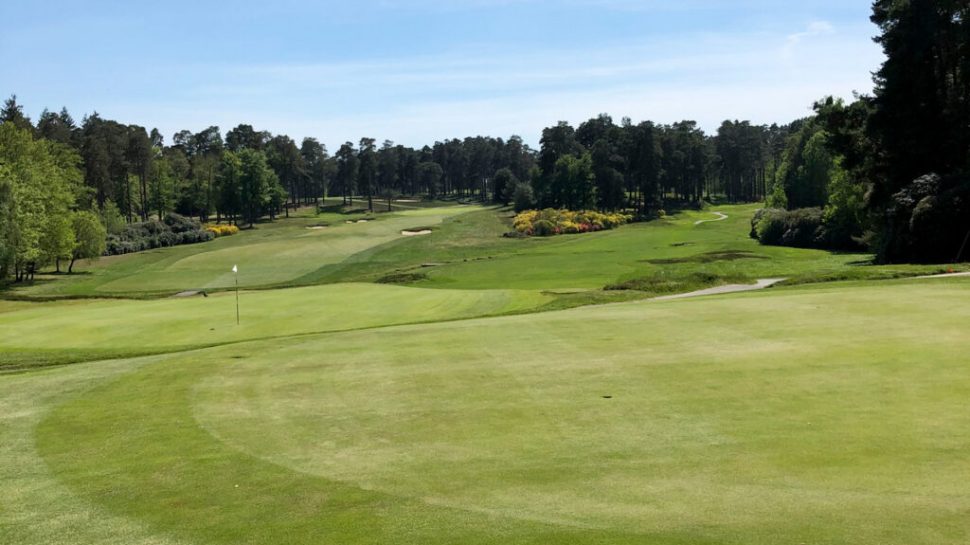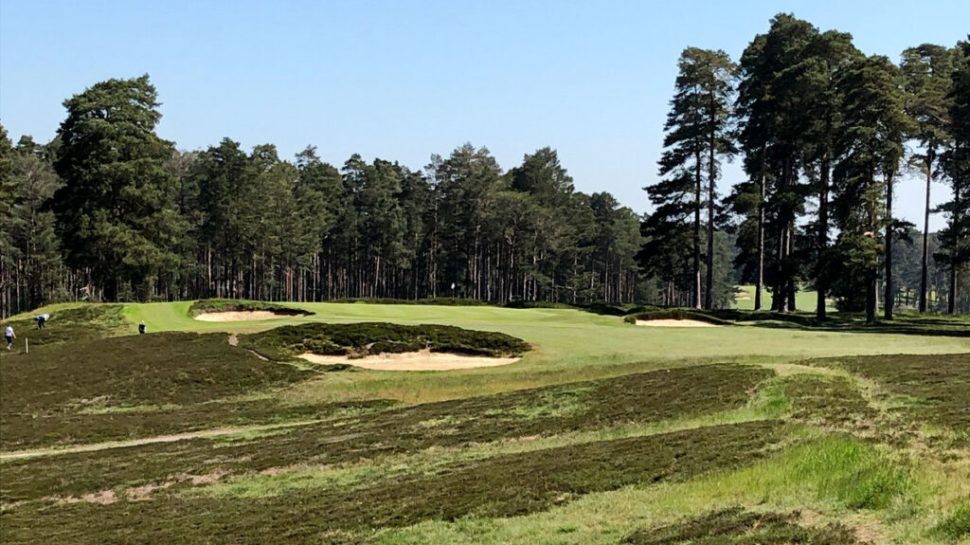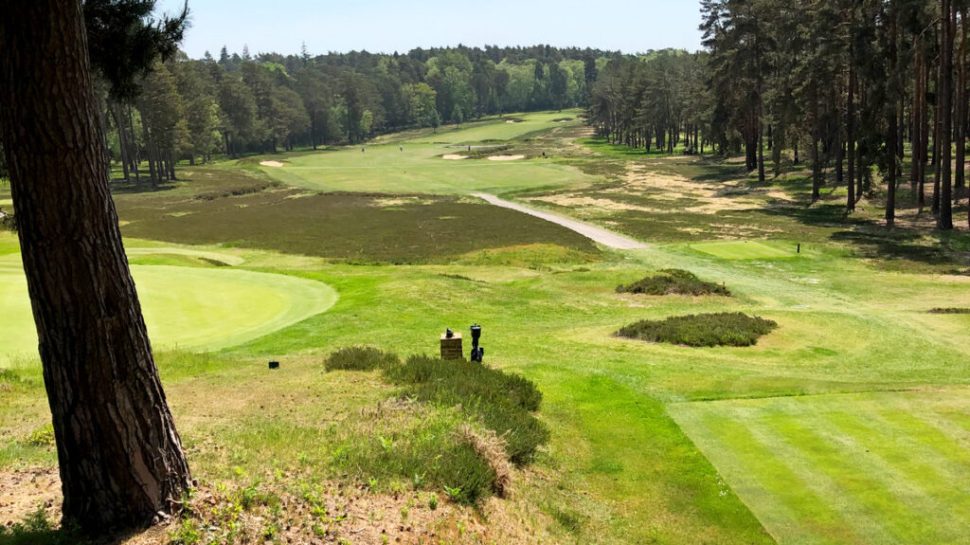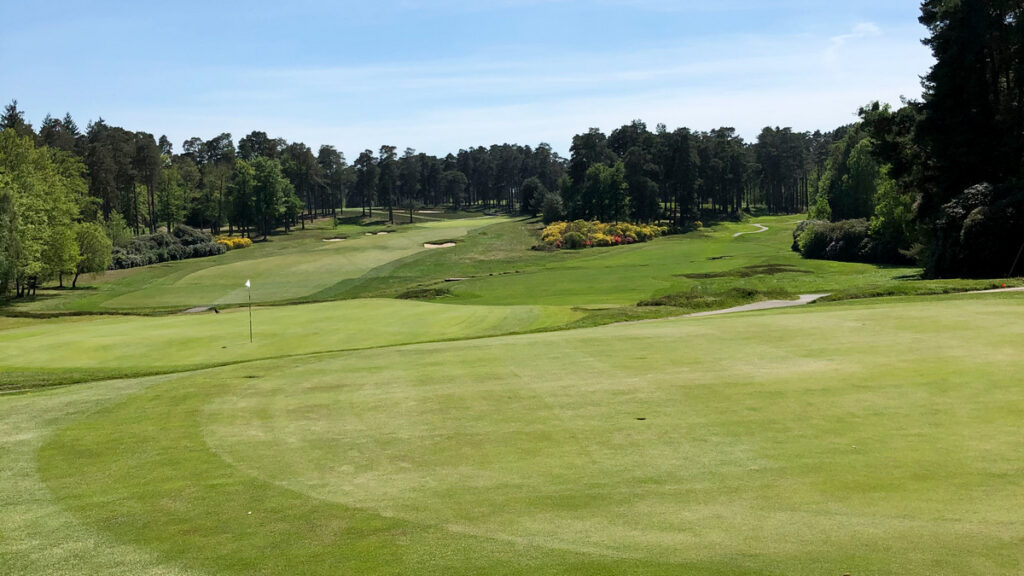
Estimated reading time: 4 minutes
In times past, Swinley Forest, just outside Ascot on the Berkshire/Surrey border, was a golf club like no other. No captains, no scorecards, no handicaps, and certainly no competitions. But then its genesis was quite unusual. One afternoon in the latter days of her reign, Queen Victoria upbraided one of her ministers, Lord Derby, after he was late for a meeting with her as he consequence of being held up by a slow fourball at Sunningdale. “I would have thought, Lord Derby,” she said, “that a man of your means should have his own golf course.” Posthumously, for her, he lived up to her reckoning of his reputation. She died in 1901. He founded Swinley Forest in 1909.
The course was built by Harry Colt, the great course architect who described Swinley as his “least bad course”. One pleasing distinction of Swinley is that essentially it has not been altered. The ball may go further than it did in the days when Colt was plying his trade but at Swinley Forest they don’t care about that. For example, there is a bunker short and left on the par-three 10th that does not come into play now (always a dangerous kind of thing for me to say) but why take out something so perfect? In a complimentary way, Swinley is something of a golf museum.

The course measures 6431 yards from the back markers (5451 from the yellows and 4956 for the ladies, an accommodation that I think was not always there). Its par is 69: two par-fives, five par-threes, the rest fours. Colt’s original plans had no par-fives but instead six stout two-shotters of over 430 yards each. The two fives on the scorecard today are the 5th (505 yards) and the 510-yard 15th, which was dubbed ‘New Members’ Hill’ by one former denizen of the club on account of the steep rise leading up to the green which he figured perhaps brought about the passing of some older, frailer members.
In the book The Confidential Guide to Golf Courses, published in 2014 by Tom Doak and other course architects, the 12th, 455 yards from the back tees, is cited as one of the best 18 holes in Great Britain and Ireland. There used to be an enormous rhododendron at the back of the green, magnificently displayed in Anthony Edgeworth’s 1998 book Legendary Golf Clubs of Scotland, England, Wales and Ireland. That’s now gone. I didn’t know until recently that rhododendrons can cause huge harm to other growth in the vicinity. Did you? Incidentally, Doak’s book also rates Swinley in its top-10 club lunches and the top-10 of ‘courses worth grovelling to play’.
I first played at Swinley Forest in the 1980s. It did have scorecards by then, albeit each hole had a designated ‘bogey’ rather than a ‘par’. However, unlike nowadays when some societies are welcomed, it was then very private. I rang the secretary and I explained that I wrote for Golf World magazine and that to play a round at Swinley was one of my main goals in golf. I waited rather nervously while he was taking time to formulate a reply. Eventually it came.
“Very well, then,” he said. “You can play, on one condition.”
“Thank you,” I stammered. “Absolutely.” And, after a short pause: “Which is what?”
“That you don’t write about it.”
Well, I’ve written about it here. I think it’s OK now.
You can follow Robert Green on Twitter @robrtgreen and enjoy his other blog f-factors.com plus you can read more by him on golf at robertgreengolf.com

